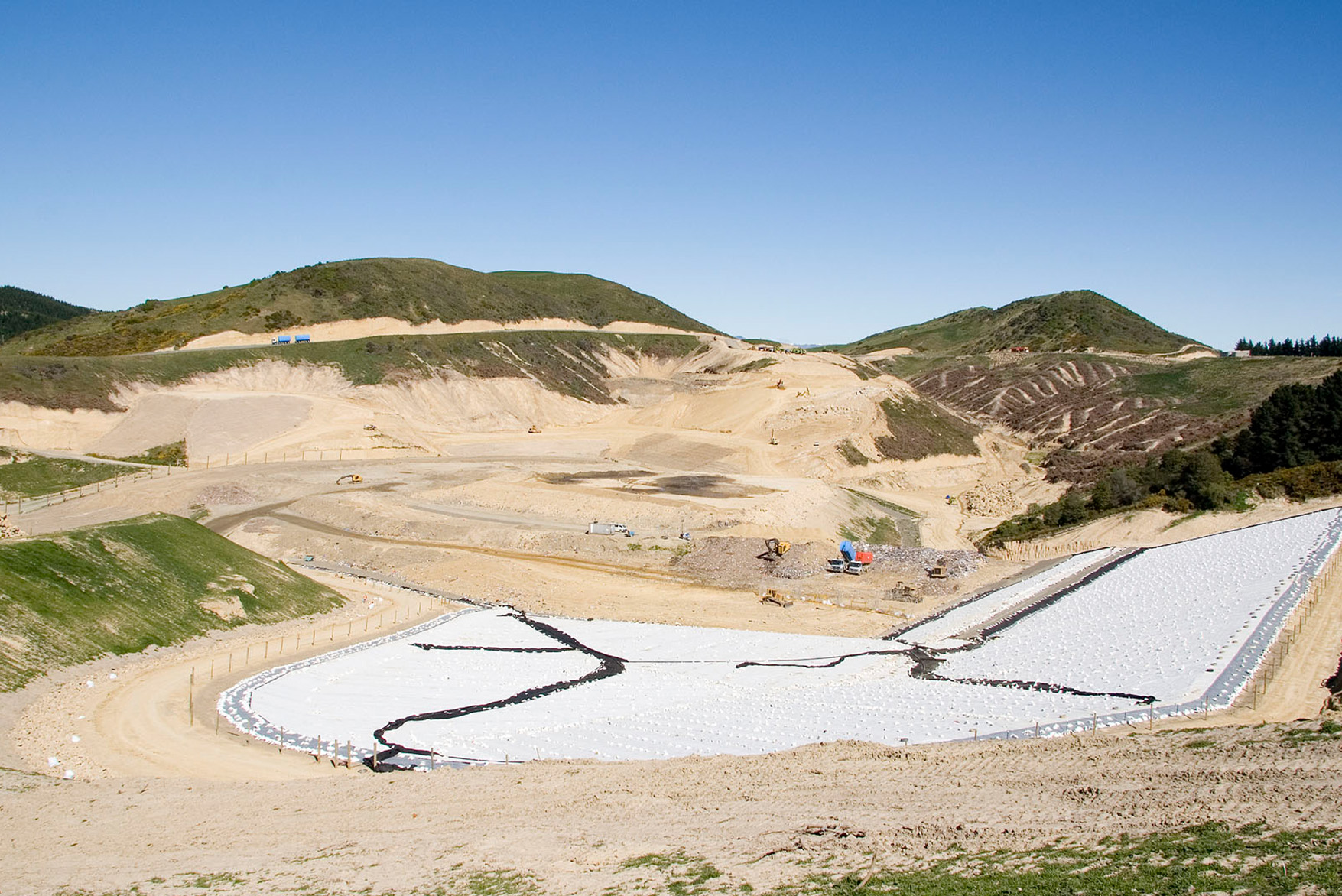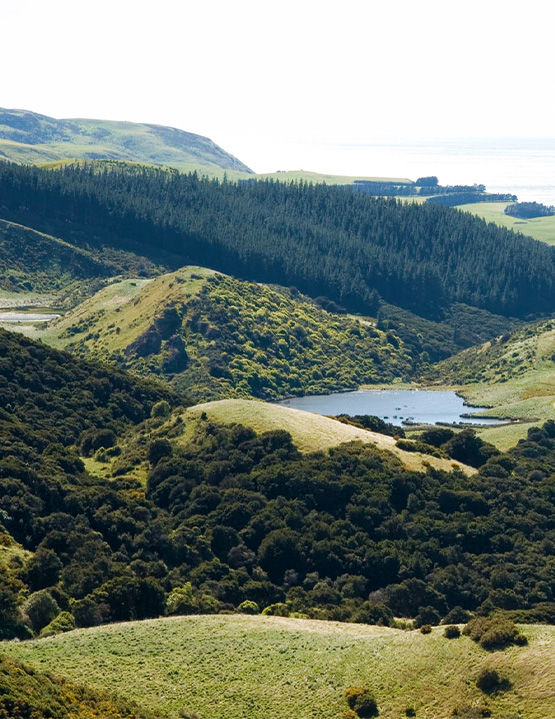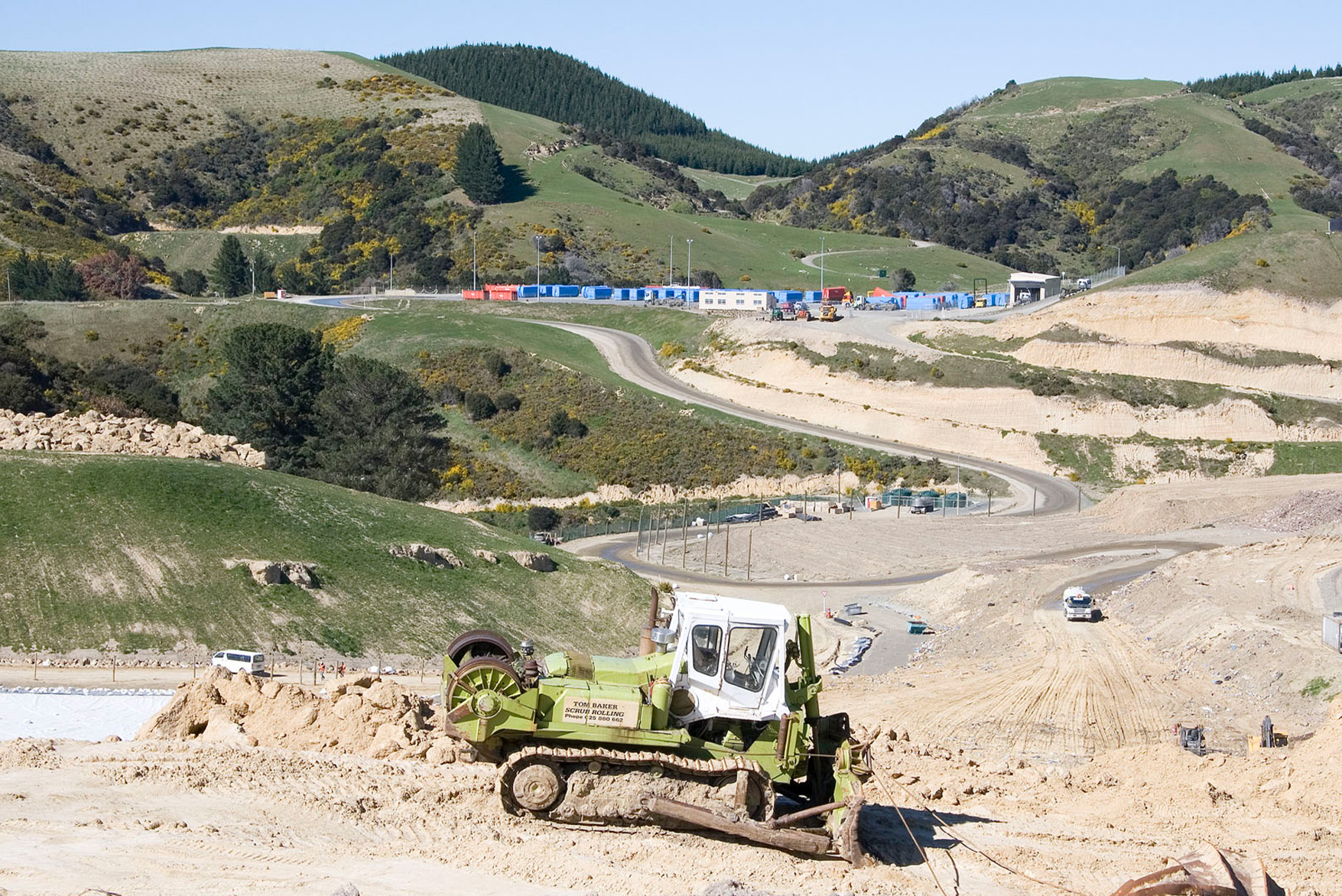Assisting with resource consent for a modern, engineered regional landfill that represented accepted waste management best-practice at the time of construction
Transwaste Canterbury Limited sought to establish a new landfill in Kate Valley in the Hurunui District that would operate for 35 years with a capacity of between 9.37 and 7.72 million tonnes. The design footprint and landfill profile provided for 11.2 million net cubic metres of airspace, which would enable up to 9.5 million tonnes of waste to be deposited using latest compaction techniques.
The Kate Valley site is not physically associated with any particular community, but it is in closest proximity to the Waipara / Omihi area. The catchment within which the proposed landfill is located is on the seaward side of the coastal hills, which drain towards the east. The Kate Valley catchment is not connected to the Waipara River or any other waterbody in the Waipara/Omihi area.
However, flexibility was required as each phase of the landfill would be redesigned and sized to match expected waste quantities over the landfill life. Lower waste quantities may therefore lead to a smaller landfill.
The nature of the proposal, the proximity of the coastal environment and the proximity of sites of significance to Māori, and the engineering required made this a complex and challenging project. It required Boffa Miskell to work closely with a large project team of engineers, the client and a range of other technical experts. It was the planner's role to keep an eye on all these moving parts and identify and manage any consenting issues that arise.
A large number of consents were sought from Hurunui District Council and Canterbury Regional Council for a broad range of activities including earthworks, discharge of solid waste and contaminants, diversion and damming of waterways and the taking of water.





